Barcelona and Lisbon are two of Europe’s most enticing coastal cities, each with its distinct character despite their shared Iberian heritage. These Mediterranean gems beckon visitors with an intoxicating blend of ancient architecture, vibrant culture, mouth-watering cuisine, and breathtaking scenery.
Although both cities boast colorful buildings spilling down to blue waters, they differ in fascinating ways that render each destination uniquely rewarding. Following are 20 ways in which these magnetic Iberian capitals are unlike one another.
Architectural Icons
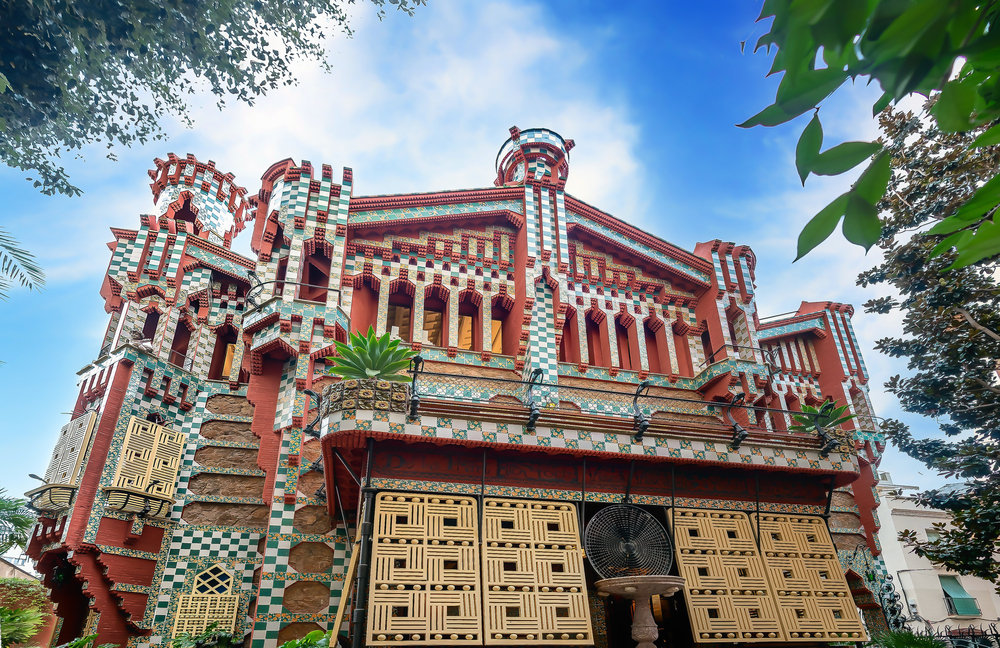
Barcelona’s skyline is overshadowed by Antoni Gaudí’s surrealistic masterpieces – the unfinished Sagrada Familia, undulating Casa Milà, and whimsical Park Güell are unmistakable landmarks of Catalan Modernisme.
Lisbon is saturated with Manueline architecture, evident in the Jerónimos Monastery and Belém Tower, with nautical motifs like twisted ropes and armillary spheres, along with elaborate blue and white azulejo tilework adorning hundreds of buildings.
Geographical Setting
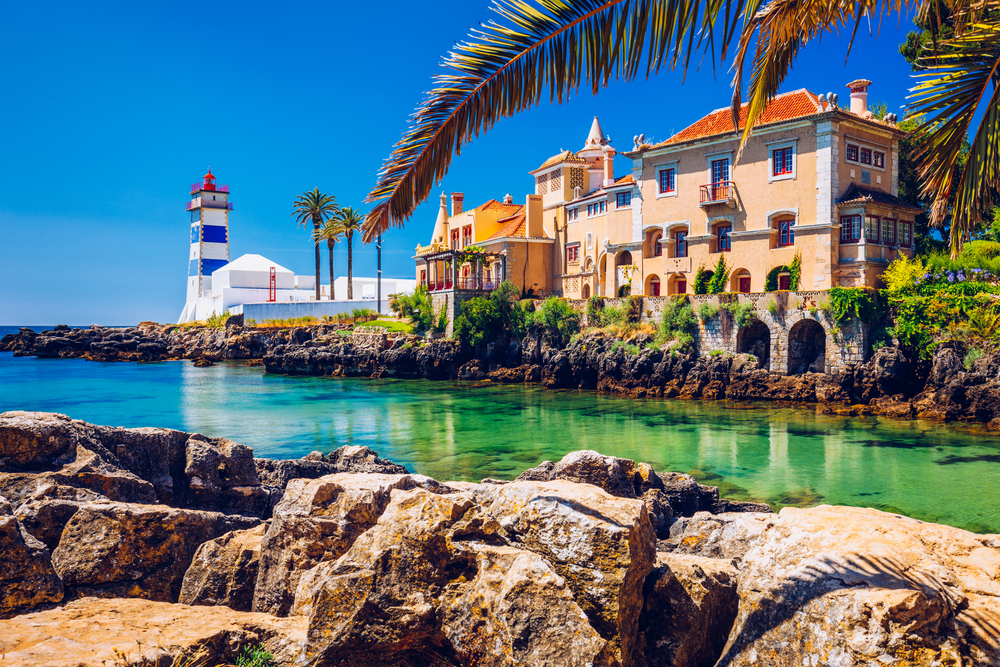
Barcelona is situated on a relatively straight Mediterranean coastline with mountains close behind, creating a compact urban environment squeezed between hills and sea.
Lisbon is stretched across seven steep hills, creating a three-dimensional topography with countless miradouros (viewpoints) offering breathtaking views across red rooftops towards the estuary of the Tagus River, giving the city its signature vertiginous streets.
Like Travel Pug’s content? Follow us on MSN.
Language Landscape

Barcelona is bilingual, with both Spanish and Catalan coexisting prosperously. Catalan prides itself on using language that addresses the city’s complex regional identity within Spain.
Lisbon, on the other hand, is Portuguese to the core, with its unique nasal sounds and phonetics that give its streets a particular sound not to be heard in Barcelona’s regional linguistic divide.
Beach Culture

Barcelona boasts several city beaches along its 3 miles of coastline, the most famous of which is Barceloneta. These city beaches continue city life with activity year-round.
Lisbon’s best beaches require a train ride to coastal towns like Cascais or a trip across the Tagus to Costa da Caparica. This gives a clearer separation between the city and the coastal experience.
Public Transportation

Barcelona boasts an extensive 12-line metro system complemented by trams and buses, with the city’s logical grid pattern making for straightforward navigation of its relatively flat landscape. Lisbon’s public transport network flaunts its undulating landscape with traditional yellow trams climbing impossible gradients, funiculars zigzagging up hillsides, and public lifts connecting different levels of the city, requiring creative combinations of transport modes.
Like Travel Pug’s content? Follow us on MSN.
Culinary Traditions

Barcelona represents Catalan cuisine, and its specialties include paella, fideuà, and pa amb tomàquet. La Boqueria market is the heart of its food culture. Lisbon celebrates seafood with particular fervor—bacalhau (salt cod) features in hundreds of dishes.
The humble but iconic pastel de nata custard tart, meanwhile, represents the city’s approach to simple, quality-led food.
Historical Trajectories

Barcelona prospered in the late 19th and early 20th centuries, and the 1992 Olympics spurred its transformation from industrial port to global tourism behemoth. Lisbon is traumatized by the 1755 earthquake that destroyed 85% of the city.
Europe’s westernmost capital was the launch point for Portugal’s Age of Discovery, and a wealthy maritime past still exists.
Nightlife Rhythms
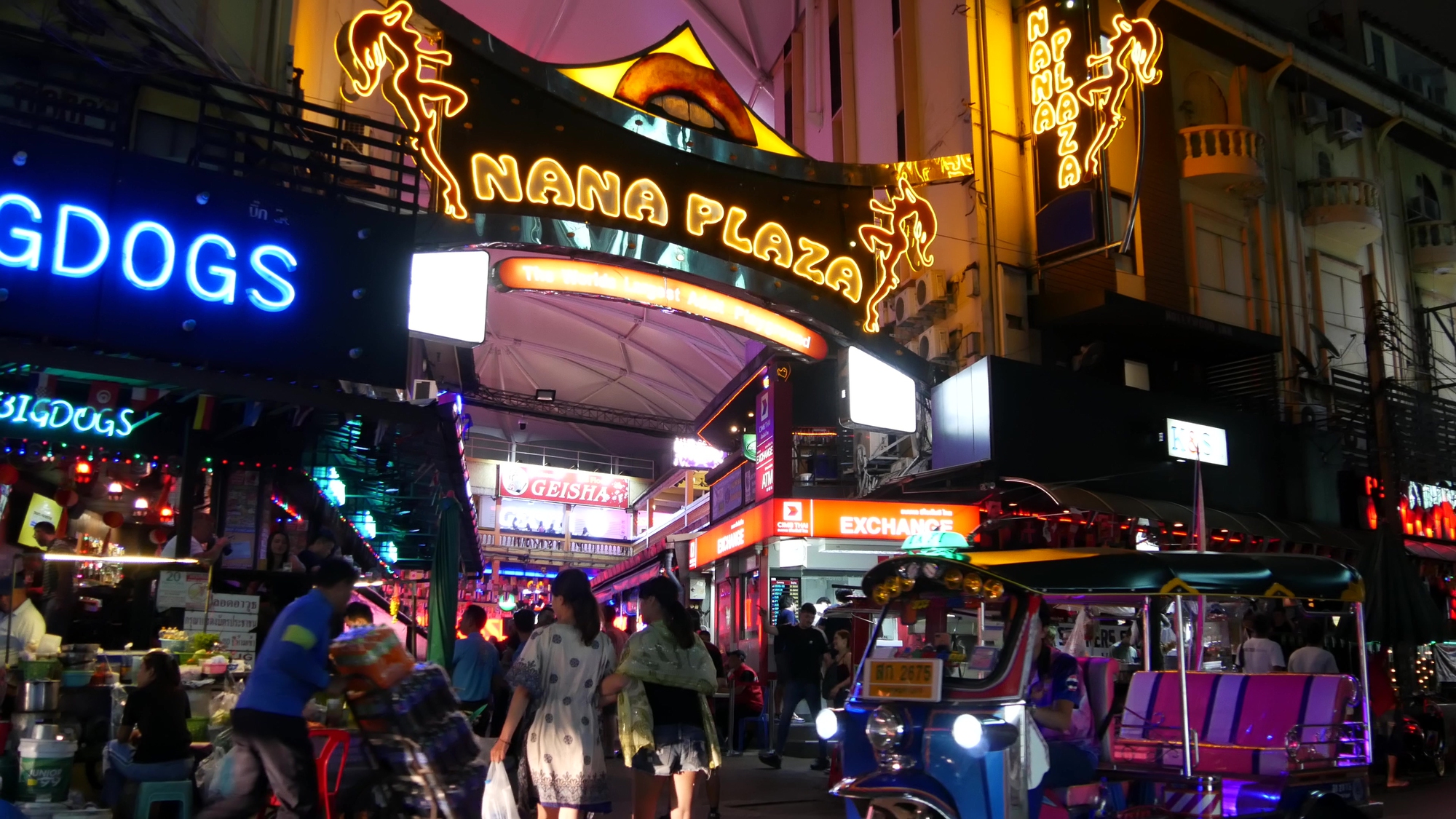
Barcelona’s nightlife follows a Mediterranean schedule, with clubs filling up after midnight in diverse neighborhoods that range from beachfront Barceloneta to bohemian Raval.
Lisbon follows an even later schedule, with Bairro Alto transforming its personality every night as hundreds of tiny bars open for business, spilling onto the streets and creating an open-air party.
The Pink Street riverside area offers concentrated nightlife until the wee hours.
Like Travel Pug’s content? Follow us on MSN.
Urban Planning Approaches

Barcelona boasts the avant-garde Eixample district, designed with octagonal city blocks, chamfered corners, and wide boulevards, creating a logical grid pattern that prioritizes light and air. Lisbon grew more organically around its challenging topography, with older districts like Alfama maintaining medieval street patterns that create surprise vistas and intimate public spaces through an organic instead of planned layout.
Café Culture

Barcelona likes open-air terraces where locals pause over coffee or vermouth with quick espressos at the bar or casual social rendezvous instead of workspace extensions. Lisbon elevates coffee to an art form in historic cafés like A Brasileira. Portuguese coffee culture is about bica (espresso-style) with pastries. It’s now incorporating digital nomad-friendly spots alongside the traditional ones.
Navigating City Heights

Barcelona’s Montjuïc and Tibidabo hills provide spaces of leisure and vantage points partly separated from the city’s everyday life since most of the neighborhoods are on relatively flat land.
Lisbon integrates the vertical into everyday life with the neo-Gothic Santa Justa elevator, three funiculars, and many sets of stairs that count as official streets, so elevation is a natural part of experiencing the city.
Like Travel Pug’s content? Follow us on MSN.
Artistic Personalities

Barcelona proudly claims artistic titans who shaped global movements – Salvador Dalí, Pablo Picasso, and Joan Miró – with this legacy continuing in contemporary art galleries and street art throughout the city.
Lisbon incubates artistic traditions from classical hand-painted azulejos to contemporary street art, paying homage to literary giant Fernando Pessoa while repurposing industrial zones like LX Factory into creative hubs.
Water Relationships
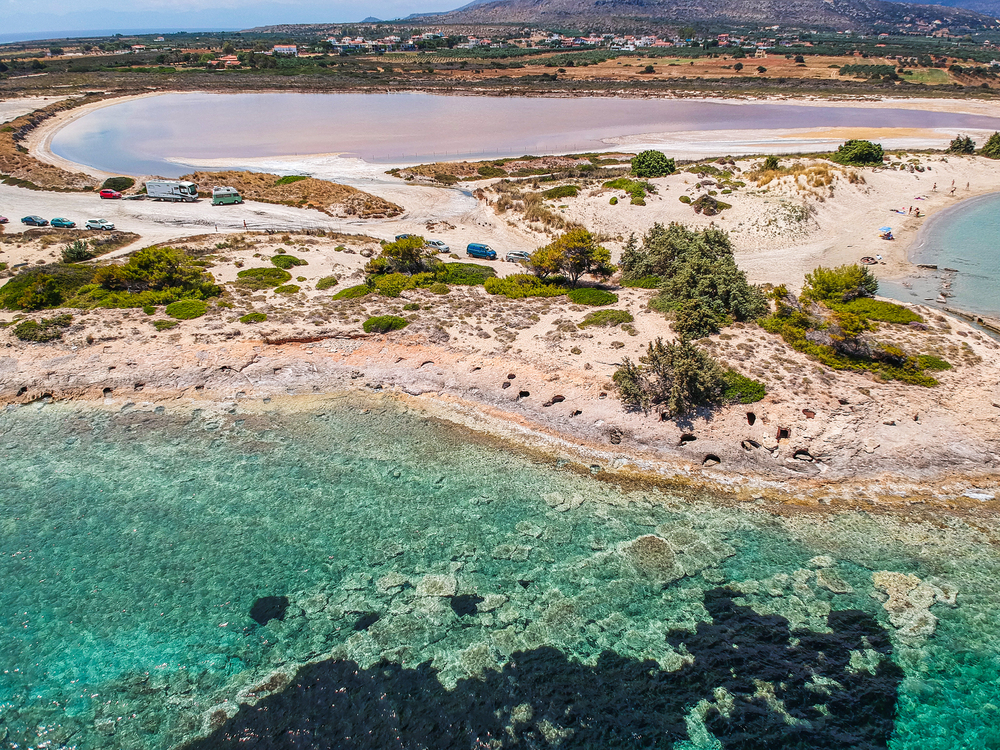
Barcelona’s relationship with the Mediterranean Sea along its eastern edge is straightforward, with beaches neatly dividing land from sea. The industrial waterfront was redeveloped as a recreational space during Olympic reclamation.
Lisbon’s relationship with water is more complex, with the Tagus River flowing into the Atlantic Ocean to form a bay that contours the city’s landscape. Ferries are a daily mode of transport, and water views pop up unexpectedly around corners in the city’s hills.
Economic Foundations

Barcelona has diversified beyond tourism with strong technology, design, and creative industries supplementing its industrial base and busy commercial port, though rising tourist numbers have created neighborhood tensions. Lisbon has emerged as Europe’s surprise startup hub, attracting digital nomads and entrepreneurs with lower costs and high quality of life.
It is clinging to traditional industries like fishing and maritime trade in addition to its burgeoning tech sector.
Like Travel Pug’s content? Follow us on MSN.
Cost of Living Contrasts

Barcelona is pricier than other Spanish capitals. However, it remains cheaper than Northern European capitals. Rising property costs have made life difficult for locals despite relatively low costs of food and entertainment.
Lisbon has much lower costs for the same experiences, though costs have increased with global popularity, particularly in housing, where renovations to cater to international clients have increased gentrification concerns.
Historic Quarters Character

Barcelona’s Gothic Quarter contains medieval streets that open onto charming plazas, and El Born and La Barceloneta still have character despite the pressure of tourists. Lisbon’s Alfama was left intact by the earthquake of 1755, and its narrow alleys up the steep hillside under São Jorge Castle maintain genuine medieval street patterns.
Neighborhoods like Mouraria still have authentic character, with traditional shops and businesses alongside new creative ones.
Music and Performance Traditions

Barcelona basks in Catalan musical traditions and is home to premier international festivals, with world-class concert venues like the Gran Teatre del Liceu opera house and street performers throughout the city. Lisbon claims fado as its haunting soundtrack—mournful singing accompanied by Portuguese guitars defines this soulful musical tradition.
Traditional fado houses in Alfama and Bairro Alto offer intimate performances alongside contemporary Portuguese music.
Like Travel Pug’s content? Follow us on MSN.
Day Trip Destinations
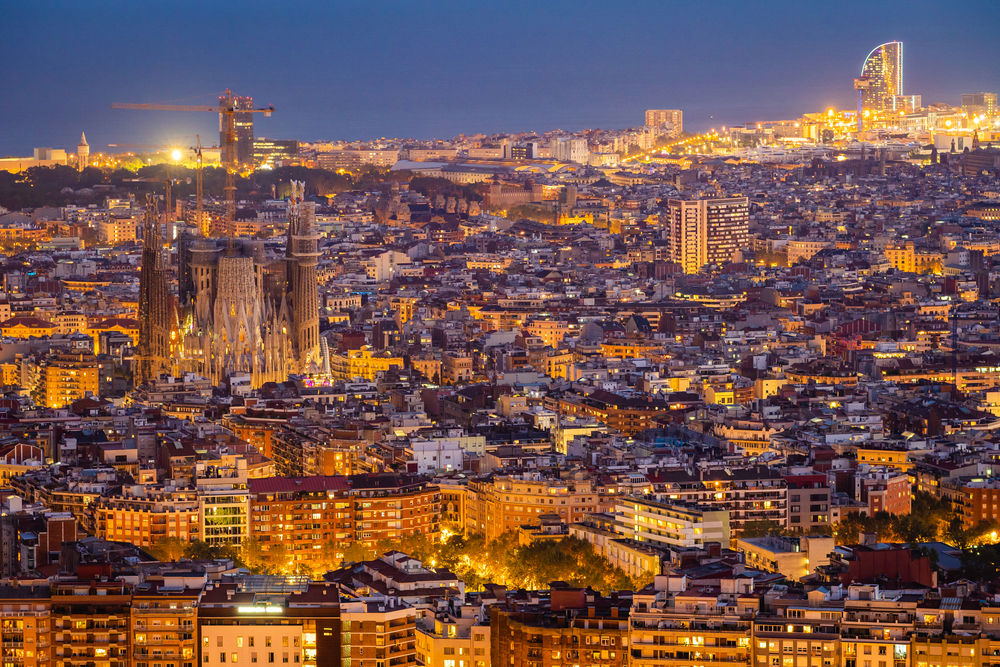
Barcelona is an easy city to flee to on public transportation to the mountain monastery of Montserrat, the Dalí museum, or Costa Brava beach towns like Sitges. Lisbon serves as a gateway to fairytale Sintra with its romantic palaces, the stylish beaches of Cascais, and medieval walled Óbidos, with diverse destinations within an hour of the city center.
Climate Nuances

Barcelona enjoys a typical Mediterranean climate of hot, dry summers and mild winters, making outdoor living possible year-round except for the occasional humid summer day. Lisbon has Europe’s mildest climate, with winters even warmer but summer nights cooler due to Atlantic breezes.
It receives nearly 3,000 hours of sunshine annually, and microclimates across its hills create extreme temperature variations.
Religious Landscapes

Barcelona has the stunning Sagrada Familia amidst the dwindling religious practice of contemporary Catalan society. Religious festivals hold cultural rather than narrowly religious significance to many residents.
Lisbon manifests more Catholic traditions, with local churches utilized, religious processions, and Catholic iconography throughout public spaces that speak to Catholicism’s persistent cultural influence despite progressively secularized younger generations.
Like Travel Pug’s content? Follow us on MSN.
The Soul of Each City

Barcelona balances a confident Catalan identity with a cosmopolitan flair. It embraces innovation while celebrating traditional festivals with fierce local passion, facing Europe rather than Spain.
Lisbon welcomes saudade—a Portuguese notion of nostalgia and yearning that cannot be translated—while also reinventing itself. It holds on to a slower pace that steals travelers’ hearts with quiet authenticity instead of making loud declarations.
More from Travel Pug

- 20 Destinations That Were Once Thriving but Are Now Quietly Disappearing
- 13 Destinations Where Tourists Regularly Regret Their Trip
- 20 Once-Popular Beach Towns That Are Now Ghostly Empty
- 10 Under-the-Radar Mountain Towns That Are Both Affordable and Beautiful
- Take a ‘Learning Vacation’ in These 20 Extraordinary Places
Like Travel Pug’s content? Follow us on MSN.
